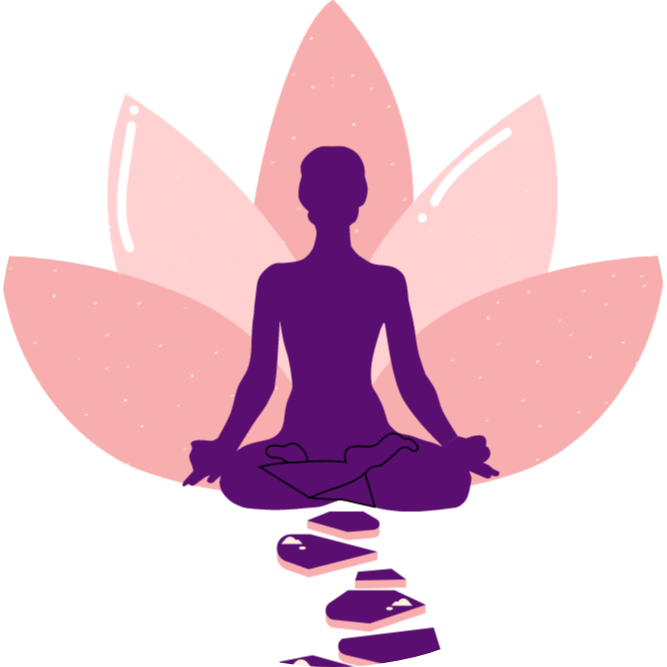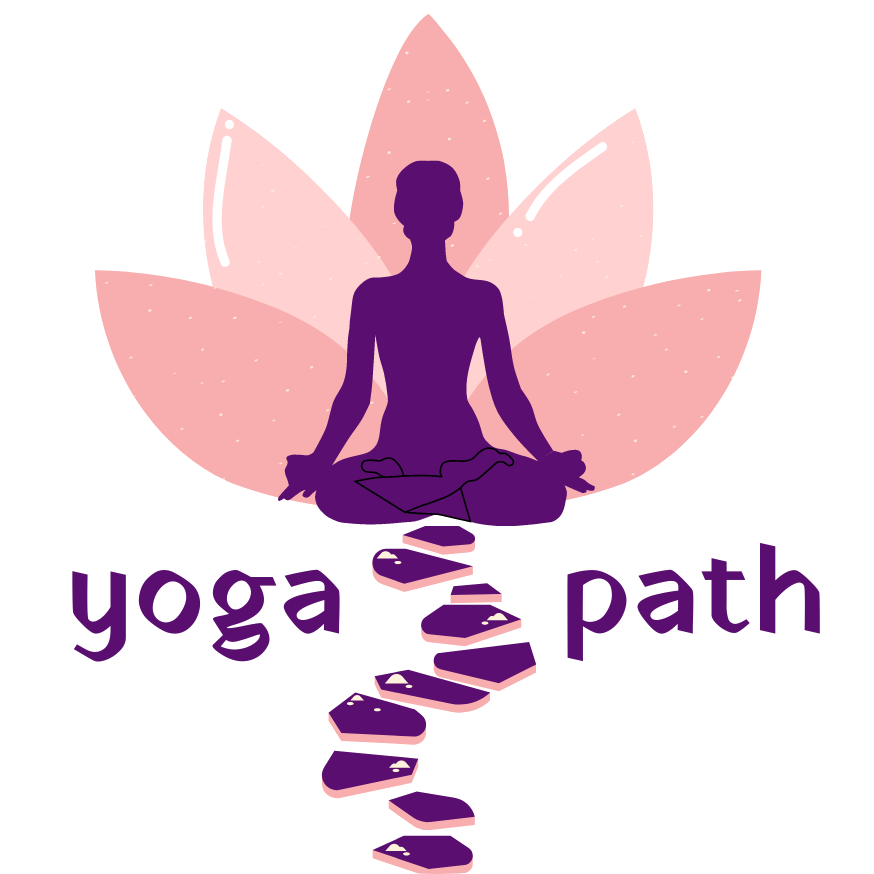Practise Yoga Asanas
Learn Asanas - Prone Poses
Prone Asanas
Prone Asanas are poses done lying down on the belly, where the belly is either on the mat or lifted. These poses aid in stretching and strengthening your back, shoulders, and hips, as well as relieving neck stiffness, reducing stress, fatigue, and anxiety, controlling blood pressure, and improving digestion.
Makarasana, a prone pose, is used as a restorative pose to calm the mind and settle the breath.
Here is a selection of prone asanas to further your asana practice.
Dhanurasana / Bow Pose
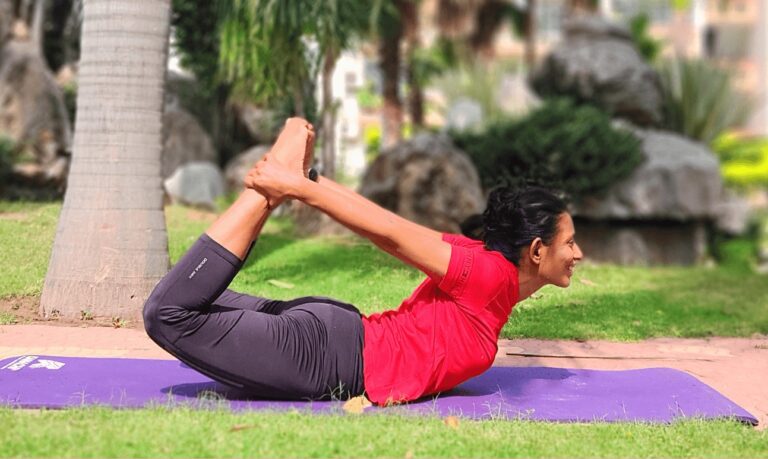
Prone Position / Lying Down Asana
The Asana resembles a bow or dhanusha, hence the name.
Lie on the stomach (prone position), on a mat, legs stretched out straight and feet together with toes pointing outwards.
Slowly, raise the head and the neck and simultaneously bend the legs at the knees. Grasp the ankles of the legs with the respective hands.
Inhaling, in 3 seconds, raise the head upwards, Simultaneously, pull the legs also upwards to give the body a bow shape.
Hold this pose for 6 seconds.
Exhaling, in 3 seconds, bring the head down and simultaneously, release the ankles and unfold the legs.
Remember to raise and lower each vertebrae slowly relieving the spinal pressure by stages. Practice 3 rounds. Hold the final position for 30 seconds and slowly till 2 minutes (start with 30 seconds) – breathing should be normal, slow and rhythmic.
Contraindications:
Hernia, hyper tension, heart ailments, pregnancy, peptic ulcers, serious spinal aliments and osteo-arthritis. People with a protruding belly will have difficulty in assuming a prone position.
Benefits:
Abdominal area gets a very good massage.
The internal abdominal organs and reproductive organs also get a good circulation.
Regulates menstrual cycle.
Stretches to abdominal and pelvic muscles.
Strengthens muscles of thighs and legs.
Stretches the intercostal muscles and improves respiration.
Prevents diseases by aiding elimination through intra- abdominal pressure.
Provides relief from flatulence and indigestion.
Relieves back pain.
Helps in resolving slipped disc.
Helps relieve Ankylosing Spondylitis.
Alleviates constipation and helps in menstrual disorders.
Strengthens the will power by increasing determination and alertness towards precision in functioning.
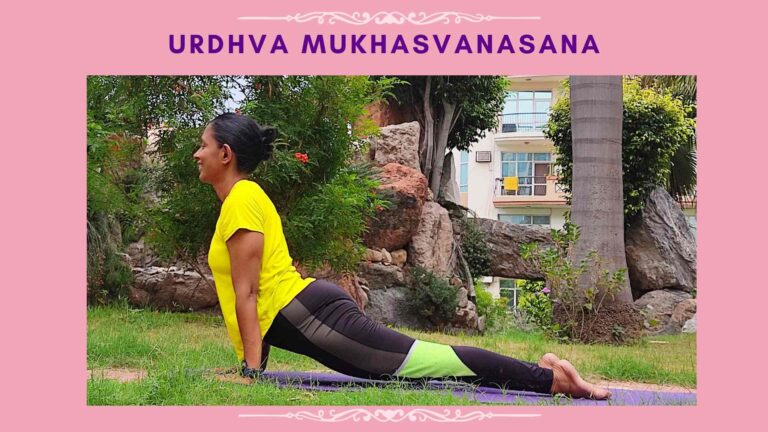
Prone Asana
Urdhva = Upward, Mukha = Face, Svana = Dog, Asana = Pose
Urdhva Mukha Svanasana or upward dog pose is a back-bending yoga posture that strengthens the arms, wrists and spine. It also stretches the back and relieves the body of lower back ache.
For this pose, lie flat on your abdomen with the top of your feet facing downwards and soles facing the ceiling.
Bend your elbows and place your palms beside on the floor close to the waist.
As you inhale, press your palms firmly on the mat and slowly lift your torso upwards, hips and knees off the mat. The entire weight of the body should be resting on the palms and on the feet. Gaze straight ahead. Ensure that your wrists are stacked under your shoulders and the neck is not strained. Make sure the shoulder is rolled back ( not hunching) and chest is out. And there is space between the ears and the shoulders.
Stay in this pose for a couple of breaths.
As you exhale, slowly lower your knees, hips and torso back on the mat. And slowly lower the torso and head in front.
Contraindications:
People with Carpel Tunnel Syndrome or a back injury and Pregnant women should refrain from doing this asana.
Benefits:
Stretches and strengthens the back, relieves lower back ache.
Most of the body weight is borne by the arms and wrists, thus strengthening them.
Improves the body posture and also stimulates the abdominal organs.
Shalabasana
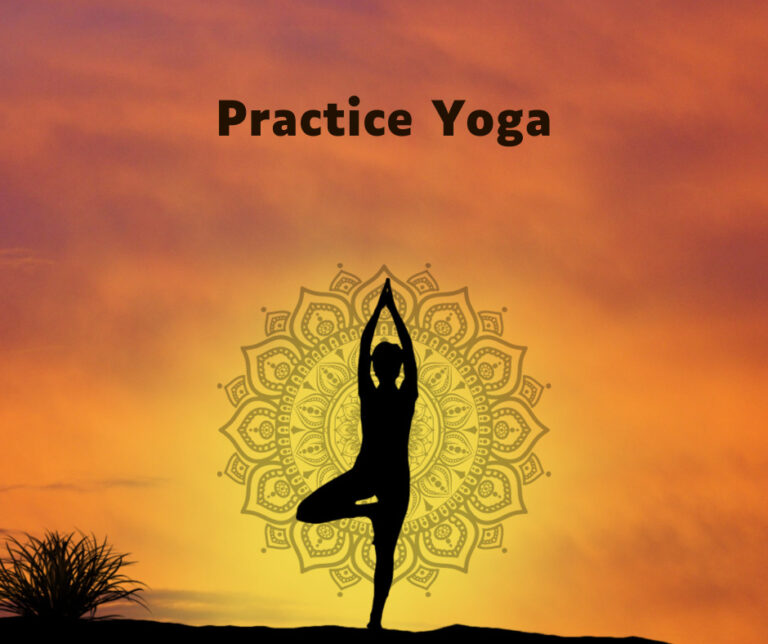
Prone Pose – Backward Bend
Shalabasana means Locust Pose
Lie on the stomach (prone position), with chin resting on the mat, legs stretched out–toes pointing outwards. Rest the arms by the sides, palms facing up, slightly.
pushed under the thighs. Exhaling, in 3 seconds, raise the right leg as high as possible lifting from thighs contracting lower back and glute muscles without lifting the hips; the left leg is firmly on the ground.
Maintain this pose for 6 seconds
To return to starting position, inhaling, in 3 seconds, gently bring the raised foot down to attain starting position.
Follow same with left leg. Now, perform the Asana with both the legs rising simultaneously, while exhaling to complete 1 round.
Practice 3 rounds.
Contraindications:
Hernia, Hyper tension, Heart ailments, Pregnancy and Peptic ulcers. People with a protruding belly will have difficulty lying in prone position.
Benefits:
Strengthens the lower back, pelvic organs, legs, hip joints and arms.
Tones the sciatic nerves.
Provide relief in backache, mild sciatica and slipped disc.
Alleviates unfavourable conditions of diseases of the stomach and bowels.
Stimulates the kidneys, liver and all the organs of the lower part of the body.
Increases abdominal pressure, regulating intestinal function and stimulating the abdominal organs.
Stimulates the appetite.
Relief from constipation.
Relieves backache during Menstrual cycles.
Cures cervical spondylitis.

Prone Pose
Phalakasana or Plank Pose is a transitional pose that prepares your body for other Asanas. Just as the name suggests the practitioner’s body is held in a plank-like position.
From standing bend forward place palms on floor, step with both feet back 4-5 feet into a push-up position.
Spread the fingers wide apart, press into the palms with the arms straight at elbows. Tuck the tailbone in and toes press into the ground so the legs, hips and torso are in one straight line. Pull the crown of the head forward and with the toes tucked on the ground, press the heels back. Breathe and hold for 1-4 breaths.
To release: bend the knees to the floor into Shashank asana, and sit up in Vajrasana.
Contraindications:
Patients with high blood pressure patients or anxiety disorder should not practice it. People having carpal tunnel syndrome should refrain. If you are suffering from wrist, arm or leg injury, then please refrain.
Benefits:
Excellent pose for building core muscle strength.
Increases your stamina and enhances your metabolism it tones the muscles of the abdomen and core, the transverse abdominis, internal and external obliques. It also tones your core and reduces belly fat.
In turn, back pain decreases.
Strengthens the muscles in your neck, shoulder, biceps, triceps, lower back, knee, hamstrings, calves, hips and quadriceps.
Helps strengthen chest muscles and improves the functioning of your respiratory system.
Alleviates insomnia, migraines, menopause and osteoporosis.
Reduces stress.
Regular practice of this asana creates new bone tissue. This strengthens your bones and makes them healthier. It also makes your spine strong, thereby improving your posture.
Helps to increase mental endurance.
Stimulates and balances the Solar Plexus (Manipura) Chakra. It allows you to increase external and internal heat, thus increasing energy.
Increases Tapas in both your practical life and in your stance.
Calms your mind.
Shashank Asana
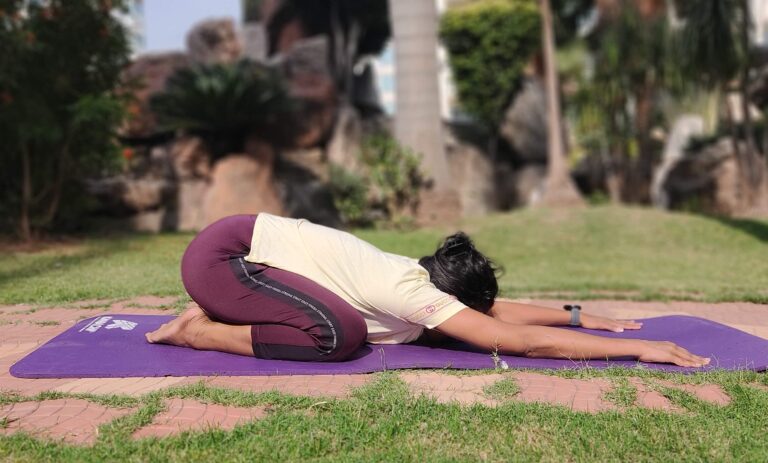
Prone Position – Forward Bend
Shashank Asana meaning Hare Pose.
In this asana, sit in Vajrasana resting the palms on the thighs. Spread the knees out. Inhale and raise the arms above the head. Elbows must be straight, maintain shoulder width apart distance between the arms. Exhale and slowly bend the torso forward and place forehead palms, elbows and arms stretched out in front between the knees on the floor. Bend from the pelvic region. The hips should remain touching the heels. Retain the position as long as comfortable. It could be practiced from a minute to 5 minutes. To go back in the base position, exhale and slowly lift the forehead, arms above head. Lower the arms resting the palms on the thighs. Relax and take a deep breath.
Contraindications:
Vertigo, high blood pressure, knee problems or slipped disc.
Pregnant women should refrain from practising this asana.
Benefits:
Massages the abdominal organs, muscles and organs of the pelvic region.
Improves digestion and alleviates constipation.
Relaxes the spine and all muscles of back.
Improves functioning of adrenal glands.
Stretches back muscles and strengthens it.
Enhances the health of reproductive organs.
Relaxes sciatica nerve.
Improves blood supply to the head and therefore nourishes the eyes and all brain functions.
Helps to relieve fatigue and promotes concentration.
Bhujanga Asana

Prone Position – Back Bend
Bhujanga Asana meaning Cobra Pose, is also a part of the Surya Namaskar (salute to the sun)
Lie down on your abdomen with your toes flat on the floor, soles facing upwards; rest your forehead on the ground. Keep your legs close together, with your feet and heels lightly touching each other. Place both palms beside the chest elbows should be bent and close to your torso.
As you inhale slowly lift your head, chest and upper part of abdomen. Keep your navel on the floor. Keep elbows close to body.
Keep breathing with awareness, as you curve your spine upward vertebra .by vertebra look straight ahead. Maintain this pose for a few seconds while breathing evenly for 4-5 breaths.
Now, breathe out, and gently bring your abdomen, chest, and head back to the floor and relax.
Contraindications:
Hernia, Hypertension, Heart Ailments, Pregnancy, Peptic ulcer and Hyper thyroid
Benefits:
Helps align vertebra
Strengthens Muscles of Back and spine and keeps spine flexible
Relief from back pain
Stimulates spinal nerves
Tones abdominal muscles And organs
Alleviates constipation
Stimulates appetite
Prevents diseases by aiding in elimination through intra abdominal pressure
Relief from flatulence
Helps resolving slipped disc
Relief in Ankylosing Spondylitis and kyphosis
Helps in menstrual and gynaecological disorders
Strengthens willpower, alertness and increases determination
Uttana Shishosana
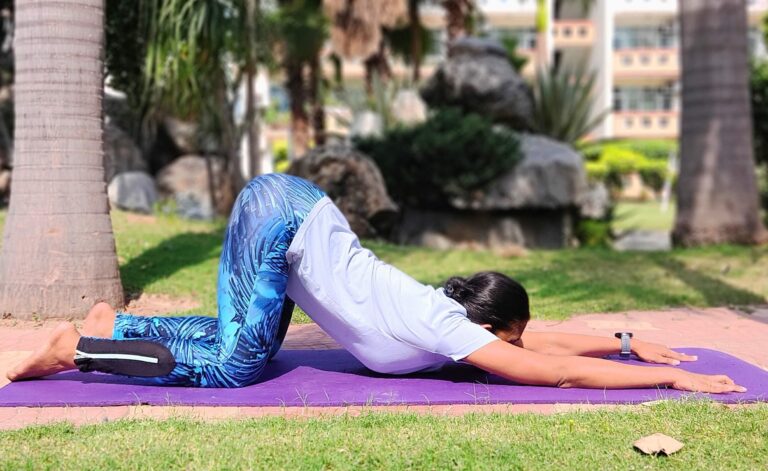
Prone Position – Forward Bend
Uttana Shishosana, also known as Extended Puppy Pose, is a combination of two different asanas, the Child Pose and the Downward Facing Dog Pose.
This pose relieves stress by deeply stretching the spine. It increases self-confidence and a feeling of self-love. This asana releases any tension knotted up in your back and shoulders. If you have a desk job or you are feeling fatigued, do practice this asana.
Start from a tabletop position i.e. on all four limbs with knees stacked under hips and palms right under shoulders. Press your feet firmly on the mat and keep your toes flat out with soles facing the ceiling.
While exhaling, keep your hands in front of you. Now allow your chest to slowly lower down towards the floor while slowly placing your forehead on the mat. Spread your palms firmly on the floor. Stretch your arms ahead of you on the floor so that your shoulders get broadened. The hips remain upwards and behind.
Hold the stretch for around 5-7 breaths while breathing deeply. Release by coming back into the tabletop position and then sitting in Vajrasana
Contraindications:
Knee injury, Back injury, Hip injury, Frozen shoulders and later stages of Pregnancy.
